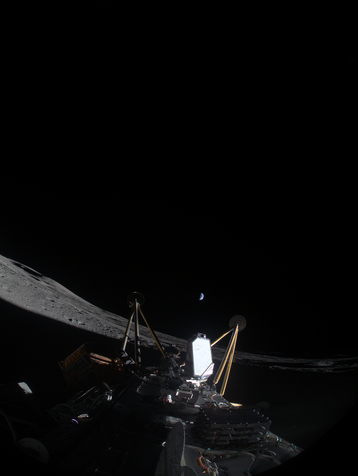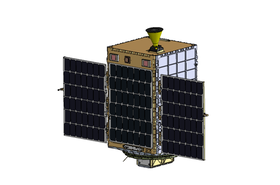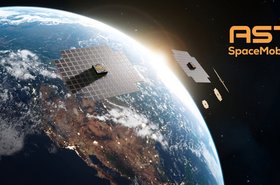Intuitive Machines' lunar lander managed to touch down on the Moon's surface, but fell on its side.
This covered up its solar panels, meaning that 'Athena' quickly died and was unable to proceed with most of its missions.
However, the company behind the small data center deployment on board said that it was able to carry out the majority of its tests before the untimely end of operations.
Lonestar said that it was able to operate the data center - an 8TB SSD and a single Microchip PolaFire SoC FPGA - throughout the journey. Successful tests were carried out post-launch, in cis-lunar space en route to the Moon, and in lunar orbit.
On the Moon itself, the data center briefly operated, Lonestar CEO Chris Stott confirmed to DCD. The company was able to send data to the lander, and receive telemetry data back, before it powered down.
"We hit every milestone for our data center operations at every step of the mission," Stott told DCD.
In a statement, Intuitive said: "With the direction of the sun, the orientation of the solar panels, and extreme cold temperatures in the crater, Intuitive Machines does not expect Athena to recharge. The mission has concluded and teams are continuing to assess the data collected throughout the mission."
The reason for the lander falling on its side is not yet known.
DCD profiles the project and more in the next issue of the DCD Magazine. Subscribe for free today.




